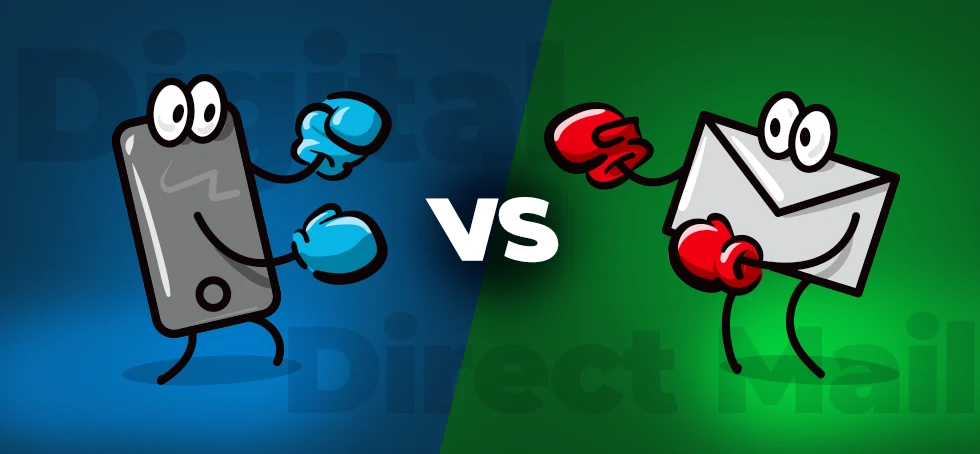In today’s marketing landscape, brands have access to more tools than ever to reach their audience. Two key channels—direct mail and digital tactics—offer distinct advantages in terms of engagement, but their true power lies in understanding how each works and where they shine. Following my previous article on integrating direct mail and digital tactics for seamless campaigns, let’s dive deeper into comparing the engagement levels of these two approaches.
The Tangible Power of Direct Mail
Direct mail brings something unique to the marketing table that digital tactics simply cannot replicate: physical touch. Studies show that the sensory experience of receiving and holding a piece of mail can leave a lasting impression. Here’s why:
1. The Sensory Experience: Unlike a digital ad or email, direct mail is something your audience can feel, touch, and hold. The weight of the paper, the texture, and even the smell—all these factors contribute to a deeper, more personal connection. This creates a physical presence in the consumer’s life, making it harder to ignore.
2. High Perceived Value: Direct mail tends to be viewed as more “real” and credible compared to digital ads, which can feel fleeting. A well-designed direct mail piece exudes value, making it less likely to be discarded than an email that can be deleted with a click.
3. Higher Attention Span: Since direct mail has less competition (you’re not vying for attention on a cluttered screen), consumers tend to spend more time with it. A well-designed letter kit can command attention in a way that digital content often struggles to do amidst the barrage of notifications.
Digital Tactics: The Power of Interactive Engagement
On the other hand, digital marketing tactics like email, social media, and search ads provide a more dynamic and interactive form of engagement. Here’s why digital wins in its own way
1. Instant Interaction: Digital marketing allows for immediate interaction. Whether it’s clicking a link, watching a video, or responding to a social media post, consumers can take action the moment they engage with the content. This ability to quickly move from engagement to conversion is one of digital’s greatest strengths.
2. Social Engagement: Social media channels are best for two-way communication. Users can comment, like, share, and respond to your content in real time, fostering a deeper sense of connection and brand loyalty. Direct mail, while impactful, doesn’t allow for this kind of immediate feedback loop.
3. Tracking & Targeting: One of the biggest advantages of digital marketing is the ability to track user behavior and refine your approach on the fly. Digital campaigns allow for precise targeting based on user data, ensuring that your message reaches the right person at the right time. This kind of granular tracking isn’t as easy with direct mail campaigns, which often rely on broader audience segmentation.
The Strengths of Each: Which to Use When?
Both direct mail and digital marketing offer distinct advantages, and deciding which to use depends on your goals:
-
For Awareness and High Impact: Direct mail shines when you’re looking to make a lasting impression or reach a smaller, targeted audience. The tactile experience ensures your brand is memorable.
-
For Immediate Action and Interaction: Digital marketing takes the lead when your objective is to drive instant action, foster ongoing engagement, or track user behavior in real time. It’s particularly effective for short-term campaigns with immediate ROI goals.
Conclusion: Blending the Best of Both
Instead of pitting these channels against each other, consider how they can work together to maximize engagement. Imagine sending a direct mail piece that catches the consumer’s attention, followed by a digital touchpoint—like an email or social media ad—that nudges them toward conversion. Or, leveraging the interactivity of digital campaigns to gather insights and use direct mail as a follow-up to provide a personalized offer.
In the end, it’s not about choosing one over the other, but about integrating both to create a holistic, multichannel experience that resonates on multiple levels—sensory and interactive, immediate and lasting.
